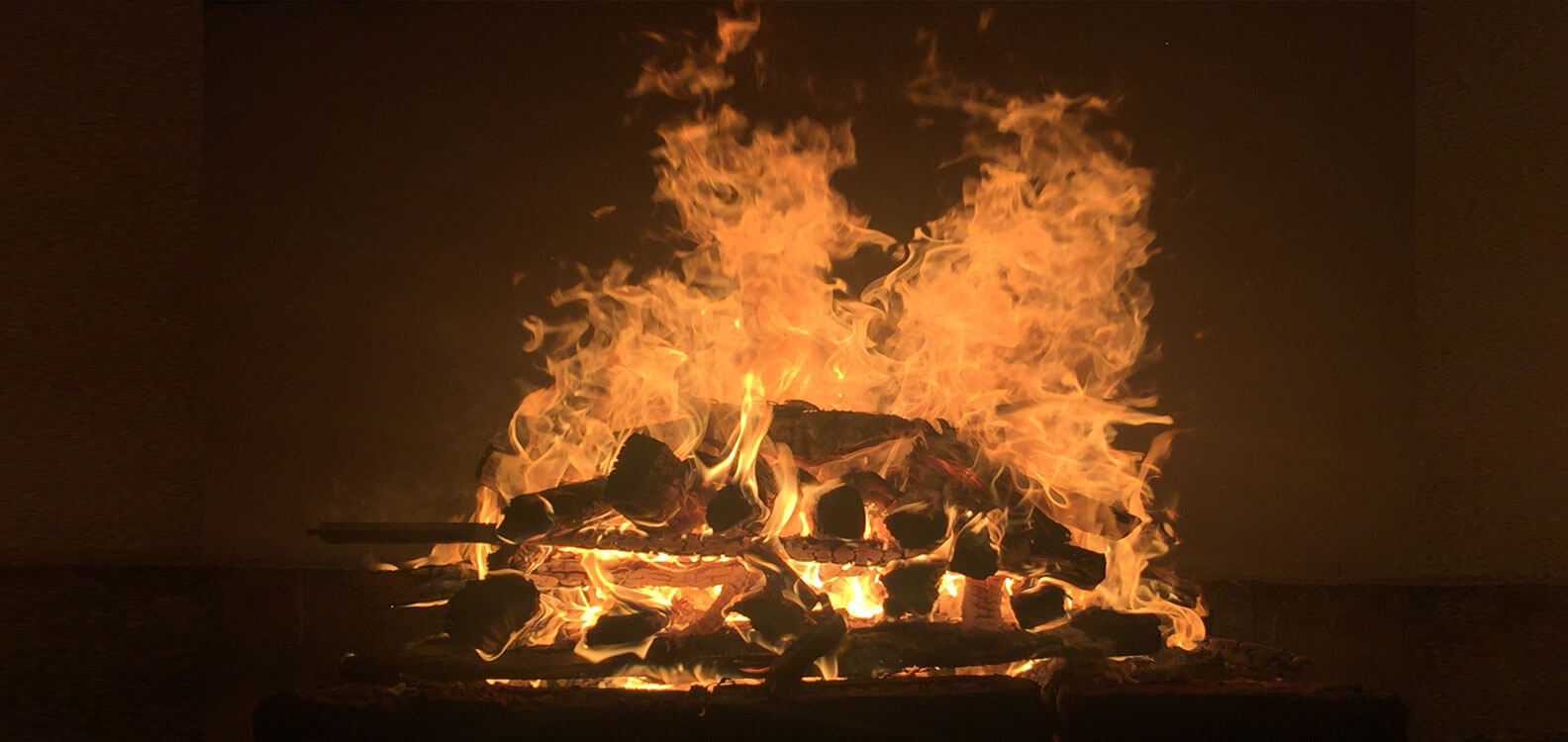Hinduism has 900 million to one billion followers. Majority of Hindus live in India and Nepal. Hindus believe in “Sanatana Dharma” or the “Universal Law” which means that each individual has his own path to follow towards liberation ( freedom from a continuous cycle of death and rebirth).
According to Sanatan Dharma, we are born and we die multiple times according to our karma. It takes place several time till we become perfected and unite with the Source. Each death temporarily releases the soul from body but soon takes new body where it faces new challenges, desires and attachment. The ultimate goal of each cycle of birth, death and rebirth is to move towards ultimate release from the cycle and unite with the Source.
Hindus believe that soul is not bound to one body but changes the body on death to new body which may or may not be human. Hindus consider body as a place for the soul to reside. The role of cremation in Hinduism is to sever the ties of the soul to the body that it is leaving to move towards the liberation.
Usually Hindus cremate along the banks of river and have 13 days of funeral rites intended to purify and prepare soul to move out of the body. During these 13 days, family of the deceased will stay at home and receive visitors to offer their condolences. Throughout the mourning period, photograph of the deceased with garland of flowers placed around the photograph and the ghee lamp will be lighted. The rite of “preta karma” will be performed, which assists the disembodied spirit of the deceased to obtain a new body for reincarnation.
One year after the death, family organizes a ritual called “Shradhh” which pays homage to the deceased and in which Brahmins are invited to the home and offered elaborate meal. The ultimate aim of Hinduism is to liberate the soul from the cycle of birth and death.
Image courtesy: Rana Pratap @ pexels.com

